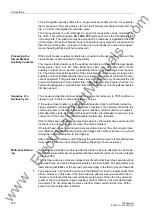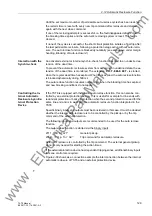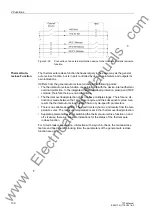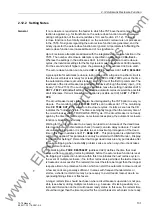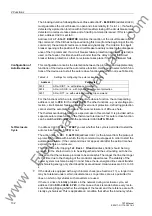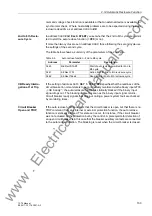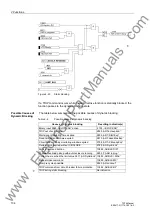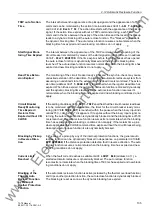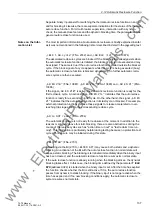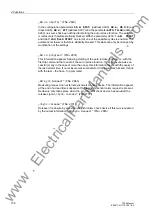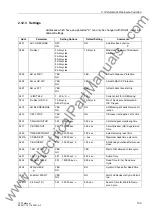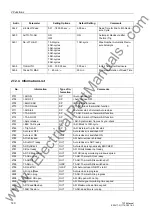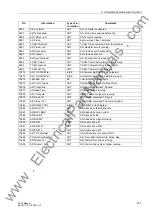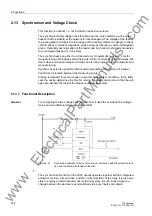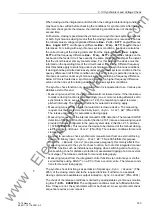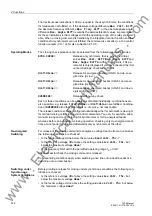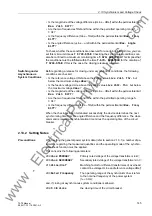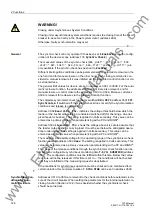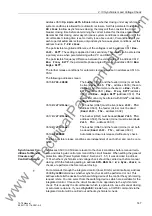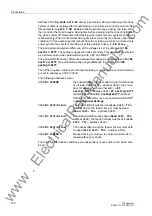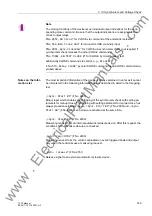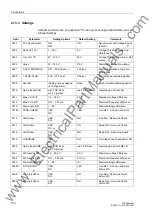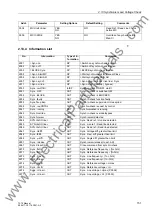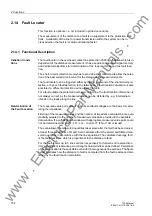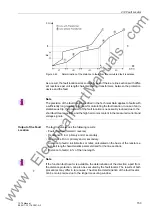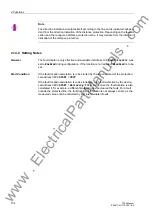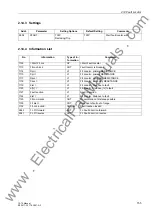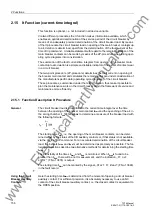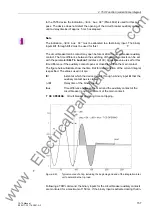
2 Functions
142
7ST6 Manual
E50417-G1176-C251-A3
2.13
Synchronism and Voltage Check
This function is optional, i.e. not included in all device variants.
The synchronism and voltage check function ensures, when switching a line onto a
busbar, that the stability of the network is not endangered. The voltage of the feeder
to be energized is compared to the voltage of the busbar (reference voltage) to check
conformances in terms of magnitude, phase angle and frequency within certain toler-
ances. Optionally deenergization of the feeder can be checked before it is connected
to an energized busbar (or vice versa).
The synchro check can either be conducted only for automatic reclosure, only for
manual closing (this includes also closing via control command) or in both cases. Dif-
ferent close permission (release) criteria can also be programmed for automatic and
manual closing.
Synchro check is also possible without external matching transformers if a power
transformer is located between the measuring points.
Closing is released for synchronous or asynchronous system conditions. In the latter
case the device determines the time for issuing the close command such that the volt-
ages are identical the instant the breaker poles make contact.
2.13.1 Functional Description
General
For comparing the two voltages, the synchro check uses the overhead line voltage
ULine and an additional reference voltage URef.
Figure 2-41
Connection example of the synchro-check, interaction with the protection func-
tion and the automatic reclosure function
The synchro-check function in the 7ST6 usually operates together with the integrated
automatic reclose, manual close, and the control functions of the relay. It is also pos-
sible to employ an external automatic reclosing system. In such a case signal ex-
change between the devices is accomplished via binary inputs and outputs.
www
. ElectricalPartManuals
. com

